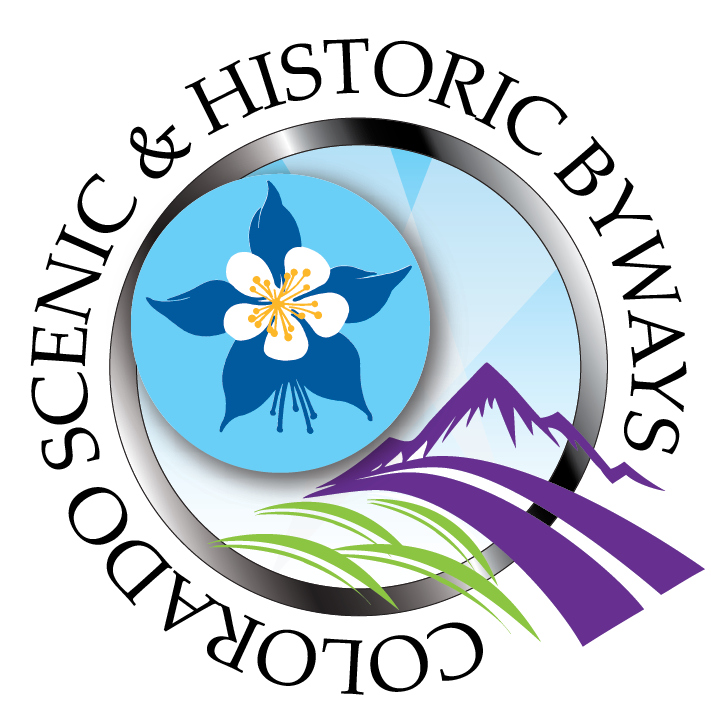How can we address racial injustice in conservation? This question weighs heavily on me; and I welcome the burden and the responsibility. I know it’s a question that weighs on many of my colleagues in conservation as well.
Many of our partners and other conservation groups are speaking out against systems that oppress people because of their race. I have heard from people who are reflecting on their own role in that. Some are taking action in their personal lives and within their organizations. Across the country we are now seeing the removal and redesign of statues and flags – symbols that honor our country’s racist past. Recognizing how we view our past is important because it allows us to move forward with honesty and intention.
When people think of conservation, they think of the land, wildlife and spaces that are beautiful and that make them feel connected to the natural world. They do not tend to think about how the conservation movement came to be, who it has benefited, or who was lost and removed from the land. The history of conservation in Colorado and across the U.S. is itself marred with racial injustice; the places we love and protect now were once stolen from people who also loved them.
I feel and hear the concern about racial inequities and the commitment from our community to do better. But before we can move forward, should we first address how we got here? As we work to engage more BIPOC (Black, Indigenous and People of Color) in conservation, I think it's critical to talk about why it has not happened sooner, and acknowledge the people who were forcibly removed to make way for the public and private land rights we now work with.
While many may see the #BlackLivesMatter movement as focused on police violence and reform, I also know many see it as an opportunity to rise to a challenge that reaches every corner of society. That includes conservation.
At the launch of the Virtual Partners in the Outdoors Conference last month, Colorado Parks and Wildlife took a simple but meaningful action in pausing to acknowledge the 48 indigenous tribes whose ancestral homes make up Colorado. Moments of recognition like this help us remember who and what was lost as we settled and conserved the west – and remind us that certain voices and perspectives are still missing from our work. I cannot help but wonder if tribal communities feel that we are taking good care of their lands and what more we could learn about conservation if we involved them better.
As we all look for the next best steps in addressing racial injustice and inequity, I hope the conservation movement can take a closer look at the question: Who are we conserving land forever for? If it is truly for everyone, then we as a community must commit to include everyone in the work and in the benefits – and that includes BIPOC. Here at Keep It Colorado we will be looking for actions that work well for us and the organizations we serve. As a community, I hope that we can come together and recognize the full history of conservation in Colorado, never forget those who were lost along the way, and be intentional about conserving land for all in the future.
-- Melissa Daruna, executive director
P.S. Keep It Colorado issued a statement about our support for the Black community and our promise to do better. You can read it here.
Photo: Montezuma Land Conservancy











